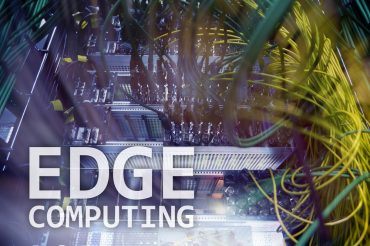
A continued surge in 5G and edge computing over the coming year is predicted by multiple studies and analyst reports.
The last 12 months have been a watershed time for 5G and edge computing. Localized technology has become more widely available, providing more resilient and responsive approaches to re-organizing systems and applications to moving data between devices and systems.
The next 12 months will see 5G and edge move even deeper within enterprises. A survey of 350 technology executives out of IEEE finds 5G as a top technology initiative for 2022, cited by 17% as a leading priority behind AI and machine learning, topping the list at 21%. Nearly half of respondents agree “that the number of devices connected to their company’s business will grow so significantly and rapidly in 2022 that it will be unmanageable,” the study’s authors state.
Featured Resource: Simplify Your Edge Portfolio [Watch Video Now]
Close to half, 46%, indicate they accelerated adoption of 5G over during the Covid crisis of 2020-21, while 25% stepped up IoT adoption, and 15% stepped up edge computing initiatives. As a result of the shift to hybrid work, the number of devices connected to respondents’ businesses — smartphones, tablets, sensors, robots, vehicles, and drones — increased at least 1.5 times. For 42%, the increase in devices increased more than 1.5 times.
When asked which areas 5G will benefit most in the next year, technology leaders pointed to telemedicine, remote surgery and health record transmissions, remote learning, day-to-day communications, and manufacturing.
See also: 6 Ways 5G Can Salvage Our Global Supply Chains
A continued surge in 5G and edge computing over the coming year is also predicted by Abhijit Sunil, an analyst with Forrester Research, who notes that “a number of market forces are shaping dramatic changes in the edge, Internet of Things, and networking triad. These forces include demand for greater sustainability, closing the digital divide, the ongoing chip shortage, and, at a broader level, the Covid-19 pandemic.”
Sunil also makes an interesting prediction that a contender to 5G networks is also about to burst on the scene. “Satellite internet will challenge 5G as the connectivity of choice,” he says. Forrester predicts that 85% of satellite users will be in rural locations, “with remote worker initiatives and remote facilities benefiting significantly from satellite internet next year, as well.”
In addition, while 5G will increasingly become pervasive in the year ahead, implementation will be challenging for many organizations. “The practical timeline of 5G and logistical challenges, however, will temper the enthusiasm,” Sunil cautions. “The massive infrastructure needed to realize all touted 5G use cases has created an elephant in the room that no telecommunications manufacturer or network provider wants to address.”
The chip shortage will also impede overall IoT market growth by 10% to 15%, Forrester predicts. “This dilemma won’t be resolved until mid-2023. Since chips form the backbone of every intelligent device, this threatens the growth of other emerging technologies, as well. IoT devices will feel the pinch particularly hard because they generally use mature sensor, microcontroller, and communications technologies that have significantly more availability issues than advanced chips like CPUs and GPUs.”
Featured Resource: Simplify Your Edge Portfolio [Watch Video Now]







